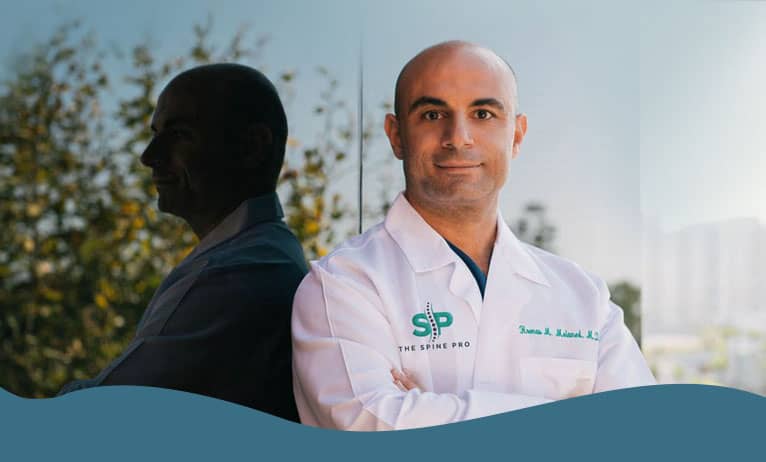
What is Canal Stenosis?
Canal Stenosis is caused by narrowing along the spinal canal which contains the spinal cord. It is the same condition as spinal stenosis.
There are two types of canal stenosis with the first being congenital or developmental stenosis where the canal diameter is too small for the nerve roots and spinal cord.
Acquired stenosis, the second type, is more common and develops through the long-term processes of degeneration of the three-joint complex that consists of the intervertebral disc, the inferior and superior vertebral bodies and the facet joints. With the third decade of development, synovitis, or inflammation of the synovial joints in the spine, can occur. Osteophytes can form narrowing the foramina, root canals and spinal canal. Herniated and slipped discs can also participate in the biomechanical degeneration that also loosens the facet joints, increases spine instability and leads to spinal stenosis(1). The process gets worse. The narrowing not only places pressure on the neural system, but it also impinges the vascular system which results in ischemic neuritis which adds to the symptoms.
When does canal stenosis usually appear and what are its symptoms?
Canal stenosis is not found in the young. On average it appears after the seventh decade and presents with sudden symptoms of pain in the lower back, buttocks, thighs and calves. Unlike a herniated disc, the radiating pain appears in both legs. Individuals also complain of increased pain in the back and leg with standing or extensive walking. Bladder issues can develop as the condition worsens. During a physical examination, the natural curve of the lower spine may appear to be flattened, and the range of motion in the back is limited.
How is canal stenosis treated?
Like foraminal stenosis, canal stenosis is caused by compressing a nerve. Fortunately, there are conservative, nonsurgical treatments that will naturally decompress the nerve and relieve the insidious pain. Dr. Melamed will develop an opioid-free treatment program that fits your lifestyle. It may include physical therapy, yoga and acupuncture. To reduce pain, he may suggest using a transcutaneous electric nerve stimulator (TENS). For acute pain, he may recommend epidural steroids.
Some patients may not respond to the conservative approach and may require surgery. Perhaps the optimal treatment is foraminal decompression using microsurgery techniques to reduce damage to soft tissue, muscles and bone structures. Some cases with spinal instability may require more intensive surgical solutions such as artificial disc replacement or disc fusions both of which are more invasive(1).
Click on the “Make An Appointment” button at the top of this page, or call Dr. Melamed’s office for more information. There is no better time than today to start the journey to a life without back pain. Call us at 310-928-2769.
References:
1: Textbook of Spinal Surgery, Vol. 2, Birdwell & DeWald, J.P. Lippincott, 1991, Pg.



